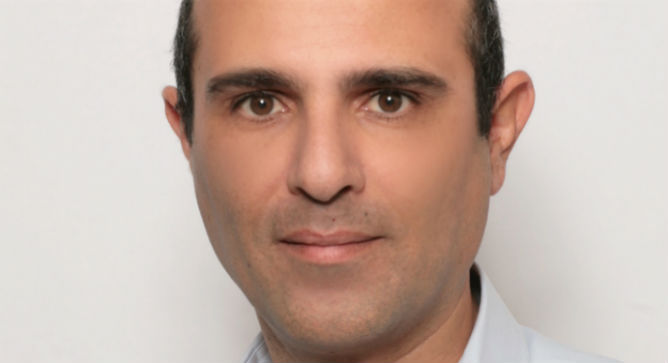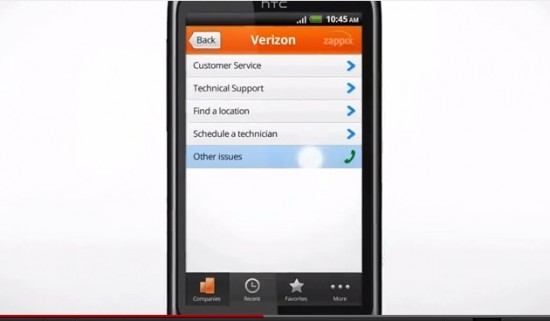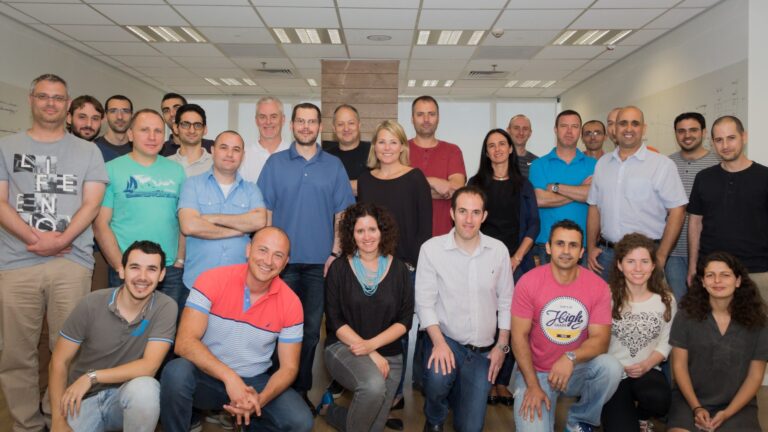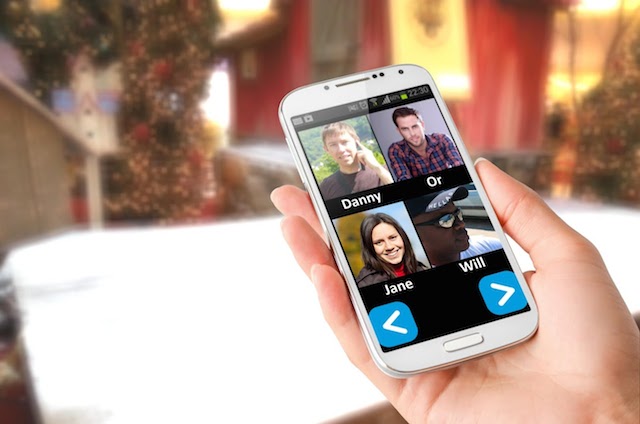When Israeli biotech executive Saadia Ozeri dialed a call center to get information about his mother-in-law’s cell-phone bill, he realized something was terribly wrong in the customer service department. “Every time I tried to speak to an agent I couldn’t find the right path,” he recalls. “I thought to myself: If this information was written down and provided visually it would be much easier.”
From this practical insight into the time-sucking, head-banging-inducing customer service call center world, the new Israeli high-tech company Zappix was born in 2010.
Spread the Word
• Email this article to friends or colleagues
• Share this article on Facebook or Twitter
• Write about and link to this article on your blog
• Local relevancy? Send this article to your local press
The solution it offers is straightforward and could change the way we interact with call centers –– without elevator music, annoying call robots or hard-to-understand foreign accents. Zappix shows users a visual map of the call center’s routing system. Instead of hearing “Press 1 to speak to a sales agent,” for instance, callers press numbers from a handy list of options and the call is routed accordingly.
Available as a free application in the coming months in the United States, Zappix currently works in Israel with about 50 companies — insurance brokers, banks, mobile service providers and even fast-food restaurants. Based in Rehovot, it has 70,000 Israeli users and nine employees.
Eventually Zappix intends to make money by offering its service to corporations looking for a new way to make customer service faster, better and more cost-effective. American consumers, Zappix found, aren’t too happy with outsourced call centers and will drop a call if they can’t get the information they need quickly. With competition between businesses increasing, companies can’t afford dropped calls or unhappy customers.
Free Rolodex of last-called numbers
Available as a free app on iPhone, Android and Blackberry, with later rollouts on a variety of computers and devices, Zappix lets the user customize the list of companies most often called. It “remembers” pathways and choices such as how to dial for latest flight times, where to order a pizza or how to check a bank account balance without having to go through the entire menu again.
Ozeri tells ISRAEL21c: “Basically we are taking an innovative solution, the famous voice systems tech called IVR, and are converting the annoying voice options menus into smart visual menus. Instead of hearing all these menus and having to press all the data in ‘long dark corridors,’ a caller sees everything on their screen to navigate very easily.”
This happens before the call has been initiated, “so a caller will have all the time in the world to go back and forth and choose where they need to call,” he adds. “If there has been a mistake, they can take a step back.”
The Zappix CEO sees power in numbers. In the US launch he expects to start with much more than the 50 companies on board in Israel.
“We provide users with an immediate benefit from Day 1,” promises Ozeri. “They have dozens of companies they can call, and enjoy the experience. In the future we will add more, but these companies will need to subscribe.”
He emphasizes that Zappix aims to be a single-access point for customer service. Several communications channels can be streamlined through the platform so that a caller can choose to reach the desired company via a regular phone, Internet chat, Facebook or even Skype.
Started with an investment of $1.5 million, Zappix is currently looking toward a new financing round of $2 million to $4 million to help push the marketing launch of Zappix in the United States.

















